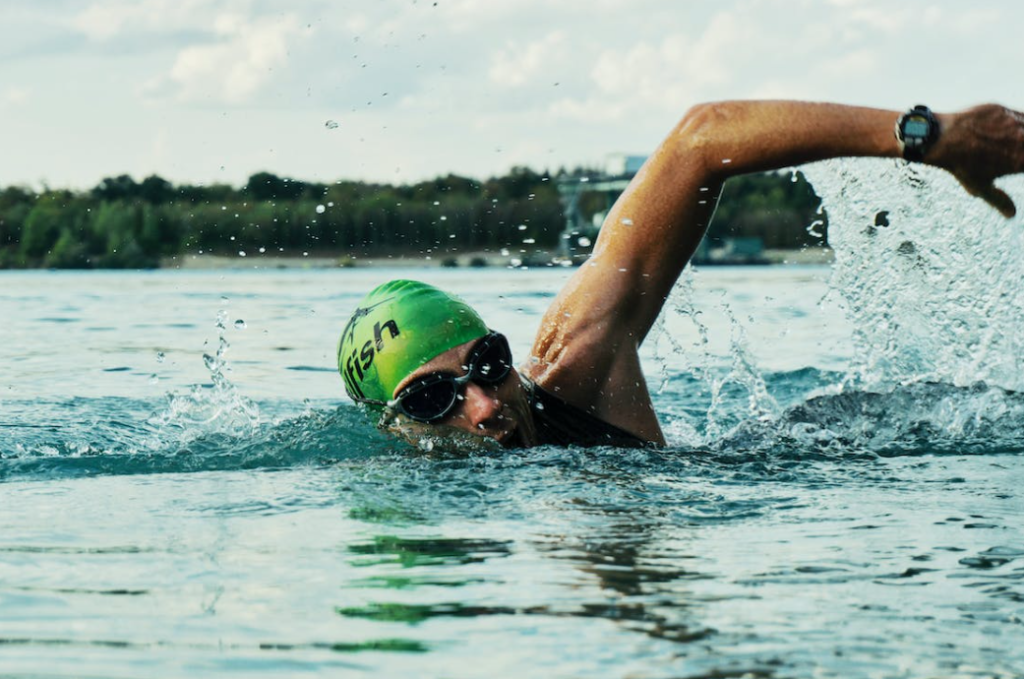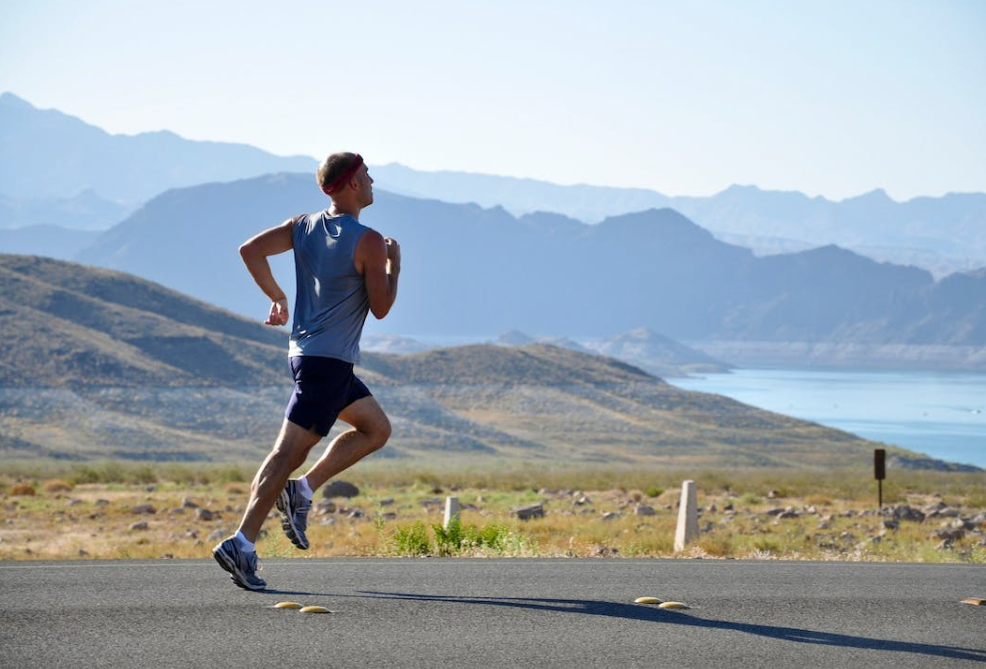Visualization in Sports
Discover the common technique used by athletes in a variety of sports.

Selfpause Affirmation App
Download the app to get 1,000’s of affirmation meditations and everything you need to write, record and listen to your own.
Visualization is a common training method used by athletes in a variety of sports. Its benefits range from helping athletes recover faster to reducing performance anxiety. In addition, athletes often find that visualization helps them remember details more clearly. However, athletes may be skeptical of the process, especially when it comes to improving their overall athletic performance.
Improves athletic performance

Visualization is a proven technique for improving athletic performance. It involves engaging athletes in a mental rehearsal of specific performance in order to restore confidence and focus. In a typical scenario, a patient would imagine a particular event taking place on the court or in a game. In addition, non-visual people could visualize themselves achieving their goals.
Athletes of all levels can benefit from visualization. The key to using this technique is consistency. You must practice visualization for at least 10 minutes a day for four weeks to see the full effects. At first, you may experience some difficulty, but it will become more natural. At first, you may be distracted by random thoughts, so it’s important to allow these to pass and concentrate on your goal.
In addition to improving athletic performance, visualization also improves motivation, concentration, and coordination. In addition to helping athletes focus and relax, it helps them overcome fear. Many athletes swear by the power of visualization and are eager to incorporate it into their training routine. Several studies have even documented the benefits of visualization for athletes.
A recent study examined whether visualization could enhance athletic performance. It showed that athletes who were able to visualize their ideal performance achieved higher scores in competitions. The results showed that participants who used visualization were more confident in their abilities. The findings confirm the premise of sports psychology: positive self-efficacy beliefs can improve athletic performance.
Reduces performance anxiety

Visualization is a powerful tool to combat performance anxiety. The process is simple and can be done anywhere. Using visual images helps an athlete relax and increase motivation and confidence. A runner can imagine himself or herself running smoothly during the race, or a basketball player can visualize a basketball he wants to shoot into the basket.
Visualization is also helpful for athletes who are undergoing physical training. When practicing visualization, athletes should lie flat on their backs, place their hands by their sides, and breathe slowly and rhythmically. Then, they should let their mind picture the competitive environment and think about their team, coaches, and fans.
Performance anxiety is often categorized by its level of arousal. High arousal levels cause panic, freezing, or other extreme behaviors. However, everyone has their own ideal level of stress. For one person, a boxing match may be boring, while for another, it might seem overwhelming.
Performance anxiety is a common problem in athletes. In fact, it affects thirty to sixty percent of all athletes. Visualization is a helpful technique that can help athletes overcome their jitters and anxiety. The brain creates a mental imprint of a specific event, and the more one practices it, the stronger that imprint becomes.
Visualization in sports can improve performance, self-confidence, and overall health. Using this technique can help athletes manage their anxiety levels while training. However, athletes should be mindful of their goals. Setting goals that are too big or vague can overwhelm athletes, leaving them insecure and stressed. Clear goals, on the other hand, can help athletes achieve success and feel confident about their abilities.
Helps heal faster

Sports injuries can be painful and difficult to recover from, but the imagery has been shown to aid the healing process. Visualization involves combining sensory modalities and imagining experiences without actually observing them. For example, athletes can use imagery to imagine sprinting after a ball or seeing a healthy knee. This is a form of rehearsal, and it is a very important part of the recovery process. According to Psychology of Sport and Exercise, there are four main types of imagery.
Visualization also aids athletes in recovering faster from injuries. It can help athletes cope with pain better by making them aware of the pain and trying to visualize the muscles relaxing and returning to their normal state. This can lead to a faster recovery and return to sport. The benefits of visualizing a sports injury recovery are numerous and have been documented in research.
In addition to healing faster, visualization can help athletes avoid somatic anxiety. It can also relieve pain. For example, visualization is proven to reduce chronic pain and headaches. It can also improve motivation. Athletes who visualize their best performance can be more motivated to continue. For endurance athletes, visualization can help them achieve their goals.
Visualization is also used to assist athletes in mental preparation. When athletes visualize a particular act, they rely on the images they see in their minds to guide them through the event. For example, ice skaters will mentally imagine the air separating the ice and the music accompanying the performance. Gymnasts will use visualization to imagine a perfect routine for gymnastics routine.
Improves memory

In sports, one way to improve memory and performance is through visualization. By doing this, athletes can focus on achieving their ultimate goal. During visualization, the brain directs the muscles involved in a particular task, creating a pattern in the brain similar to the diagramming of an electrical circuit. The idea was first developed by British scientist Alexander Bain, and numerous researchers have developed and expanded on it.
Mental imagery is important because it can help an athlete perform better, especially when under pressure. The more detailed the image, the better. When performing mental imagery, athletes should try to use all their senses, such as sight and hearing, to create mental image. This will help them perform better and avoid mistakes during competition.
The best visualization exercises are customized to the sport you play. For example, a soccer player should visualize hitting a soccer ball with precision. Using imagery to help athletes improve their sports memory requires regular practice. Practicing at least five days a week, for 10-15 minutes, for four weeks, will help athletes get the hang of it. At first, visualization may feel uncomfortable, but with time, it will become second nature. It may also be difficult to focus on the task, so it’s important to stop and let the thoughts come and go.
Visualization can also help athletes improve their mental attributes when injured. Visualization techniques can help an athlete return to competition after an injury. This is because they can help build new neural connections and increase memory in the mind.
Reduces pain
Visualization is an excellent technique to reduce pain during sports. By imagining yourself in a comfortable, relaxing position, you can alleviate the pain. In addition, this technique has been shown to help you recover from injuries and even headaches. It also boosts your motivation and helps you visualize the best version of yourself.
Visualization works by creating mental images that help athletes understand what is causing them pain. These mental images often involve relaxing muscles. The more vivid the images, the less pain an athlete will feel. Music, too, has been shown to reduce pain. Visualization also helps athletes reduce stress. It can improve the performance of athletes, reducing their chance of sustaining a serious injury.
Our Top FAQ's
Visualization techniques can be used to improve performance in sports by helping athletes to rehearse and improve their skills, as well as by increasing their confidence and mental focus. For example, an athlete might visualize themselves performing a specific skill or technique, or visualize the outcome of a game or competition.
Some common visualization techniques used in sports training include imagery, mental rehearsal, and guided visualization. Imagery involves using the imagination to create vivid mental pictures of specific actions or outcomes. Mental rehearsal involves mentally practicing a specific skill or technique, while guided visualization involves following a structured script or program to visualize specific goals or outcomes.
Visualization can be used to enhance team strategy and game planning in sports by helping athletes to visualize specific plays or tactics, as well as by helping coaches to plan and visualize the overall strategy for a game or competition.
Visualization can be an effective tool for overcoming mental blocks or performance anxiety in sports by helping athletes to focus on their goals and to visualize themselves performing at their best.
Visualization is one of several mental training techniques that can be used to improve performance in sports. Other techniques may include goal setting, positive self-talk, and mindfulness. The effectiveness of these techniques may vary depending on the individual athlete and the specific sport or competition.
